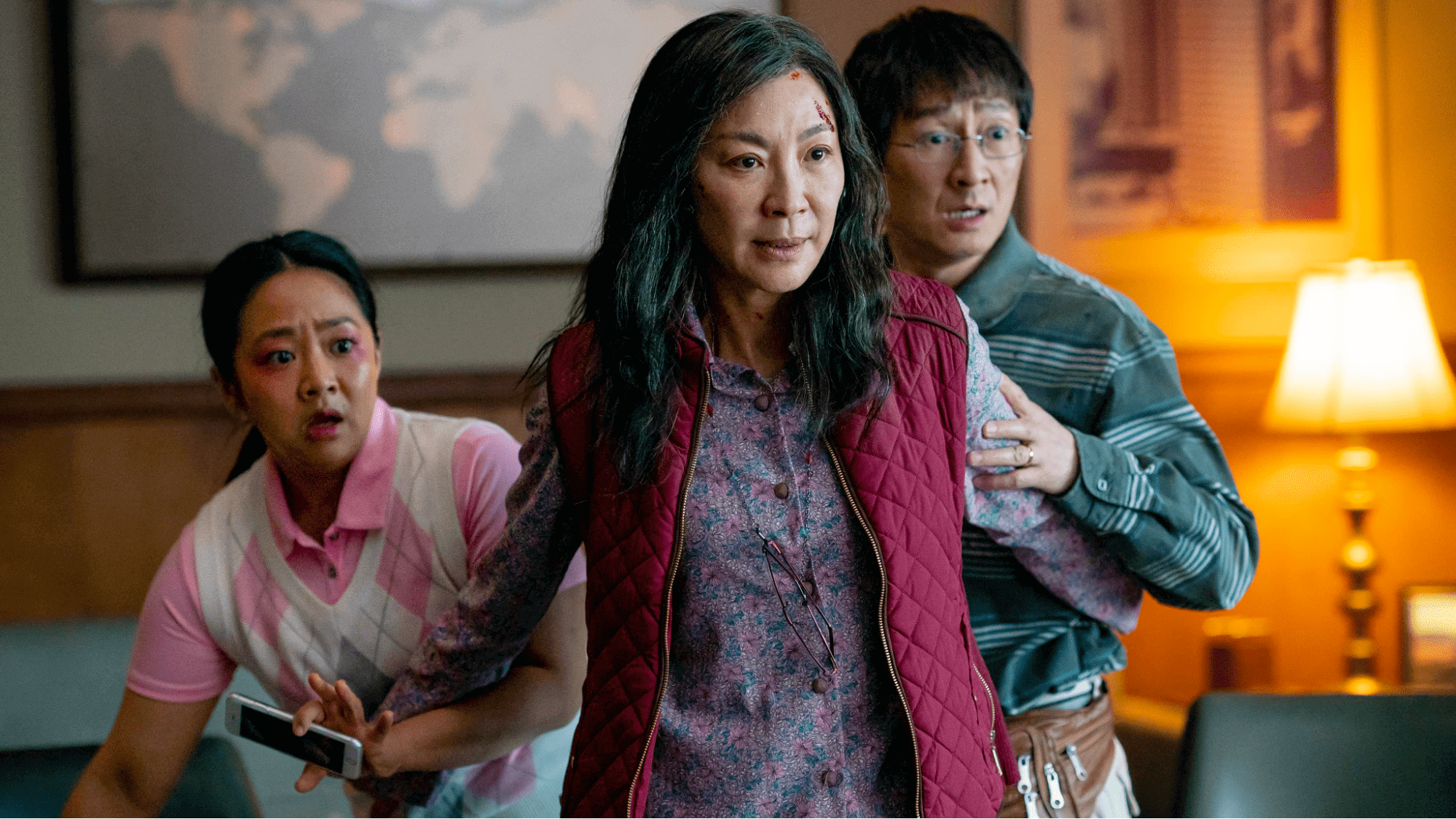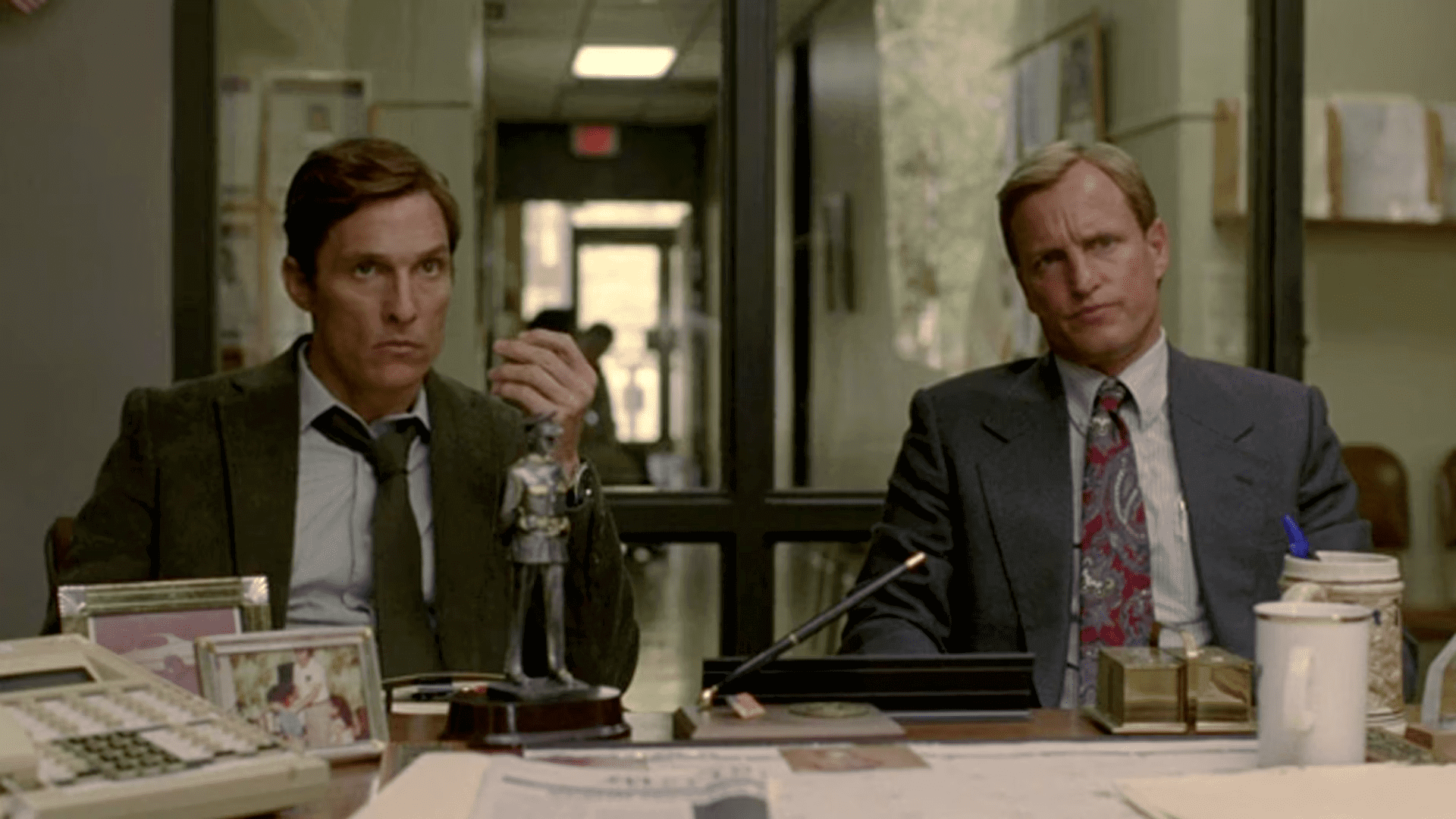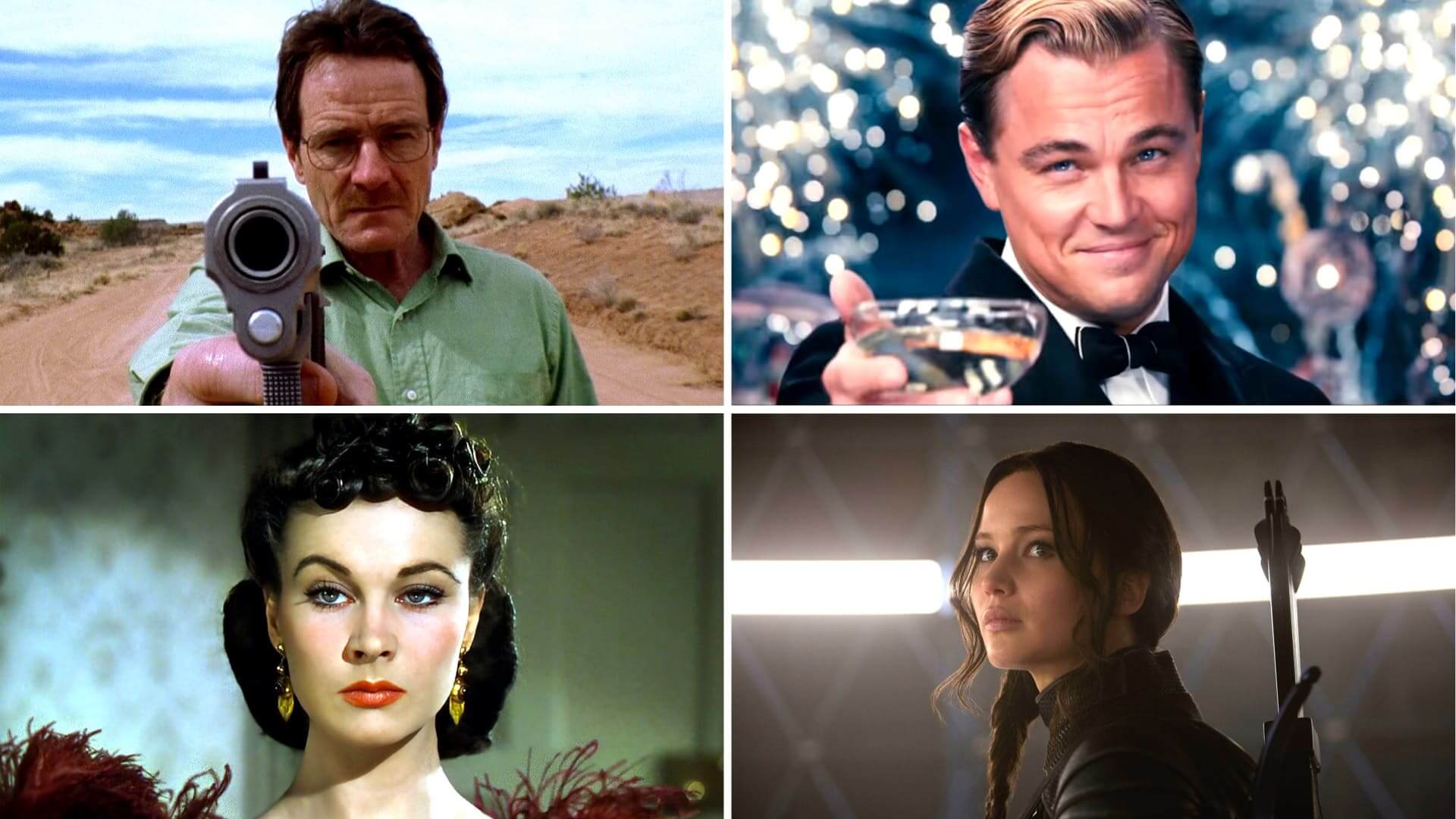In the realm of storytelling, characters are the heart and soul of any narrative. They guide us through the plot, connect us to the story’s world, and evoke our emotions. But what makes a character truly captivating and relatable? One of the key elements is their flaws.
What is a Character Flaw in Storytelling?
First, let’s define a character flaw
Character flaws add layers of complexity, relatability, and depth to the characters, making them more human and engaging. How? Let’s start learning about character flaws by looking at its definition.
CHARACTER FLAW DEFINITION
What is a character flaw?
Character flaws are inherent imperfections, weaknesses, or negative traits that affect a character's thoughts, actions, and decisions. These flaws can range from minor idiosyncrasies to deep-seated personality traits that drive the character's behavior. Flaws make characters multidimensional and relatable, as they mirror the flaws found in real people. These imperfections are often the driving force behind a character's development and the obstacles they face, ultimately contributing to the story's conflict and resolution.
What is a Character Flaw Used For?
- Realism and relatability
- Conflict and growth
- Complexity
- Catalysts for change
What is a Character Flaw Used For?
The importance of flaws in characters
In the world of storytelling, characters serve as the lifeblood of narratives. Yet, what truly breathes life into these characters is their imperfections – their character flaws. Character flaws are essential for several reasons.
Realism and Relatability
Characters without flaws can come across as one-dimensional and unconvincing, otherwise known as flat characters. Flat characters have a role in storytelling but your protagonist should usually be more of a round character.
Learn more about the types of characters and how they work together.
Types of Characters Explained • Subscribe on YouTube
Flaws make characters more human by reflecting the imperfect nature of real life. Readers and viewers can relate to characters who struggle with their weaknesses, making the narrative more engaging.
Conflict and Growth
Major character flaws provide a natural source of conflict in a story. A character's flaws can lead to internal struggles, strained relationships, and moral dilemmas. Overcoming these challenges allows characters to grow and evolve throughout the narrative.

Everything Everywhere All At Once
Complexity
Characters with flaws are more intricate and interesting. A single flaw can lead to a cascade of consequences, leading to unexpected twists and turns in the plot. This complexity keeps audiences invested in the character's journey.

True Detective • A great example of how to use character flaws
Catalysts for Change
Overcoming flaws is often a central theme in storytelling. Characters who recognize and address their flaws embark on a journey of self-discovery and transformation, which can be inspiring and thought-provoking for the audience.
Related Posts
Character Flaws Examples
Examples of character flaws
Some of the most memorable characters in film and literature possess deep character flaws. These imperfections breathe life into the characters, providing depth and relatability. They serve as a mirror, reflecting not only the heroic attributes but also the frailties inherent in human nature.
Let's explore these intricate character traits that make our beloved protagonists and antagonists so authentically compelling.
1. Hamlet (William Shakespeare's Hamlet)
One of literature's most iconic characters, Hamlet, is plagued by indecision and overthinking. His inability to take swift action leads to a series of tragic events, making his flaw a driving force behind the play's events. For stories like this, we consider it to be a tragic flaw, otherwise known as hamartia.
2. Jay Gatsby (F. Scott Fitzgerald's "The Great Gatsby")
Gatsby's flaw is his idealized obsession with the past and his unrelenting pursuit of an unattainable dream. His inability to accept the passage of time and reality ultimately leads to his downfall.
In Baz Luhrmann’s adaptation, we see how Gatsby’s character flaw and hopeless romanticism inform nearly all of his behavior.
The Great Gatsby (2013) • Invitation to Tea Scene
3. Katniss Everdeen (Suzanne Collins' The Hunger Games)
Katniss' flaw lies in her struggle to trust others and form meaningful relationships. Her self-reliance and guarded nature stem from a history of trauma, making her character arc a journey toward vulnerability and connection.
4. Walter White (TV Series Breaking Bad)
Walter's character flaw is his unchecked pride and desire for control. As he delves deeper into the world of crime, his ego drives him to make increasingly destructive choices, leading to his transformation from a mild-mannered chemistry teacher to a ruthless drug kingpin.
In this iconic scene, Walter White’s wrathful pride is on full display.
Breaking Bad • "I am the Danger" Scene
5. Scarlett O'Hara (Margaret Mitchell's Gone with the Wind)
Scarlett's flaw is her selfishness and manipulation. Her desire for wealth and social status blinds her to the needs and feelings of those around her, leading to fractured relationships and personal turmoil.
Character flaws are the threads that weave intricate narratives in storytelling. They add realism, complexity, and emotional depth to characters, driving the plot forward and captivating audiences.
Character flaws, be it in Shakespeare's tragedies or today's TV dramas, serve as potent triggers for both internal and external conflicts, molding the character's path of evolution.
As writers, harnessing the might of these flaws can add depth to our narratives, striking a chord with readers and viewers. It's about understanding their transformative power and using it to our advantage, helping us craft stories far from generic and truly resonate.
Up Next
What is a Character Arc?
Understanding the depth of character flaws is only the beginning. As we transition to the next article, we will delve deeper into the evolution of these characters, exploring how they grow, learn, and change over time, driven, in part, by their defining imperfections.
